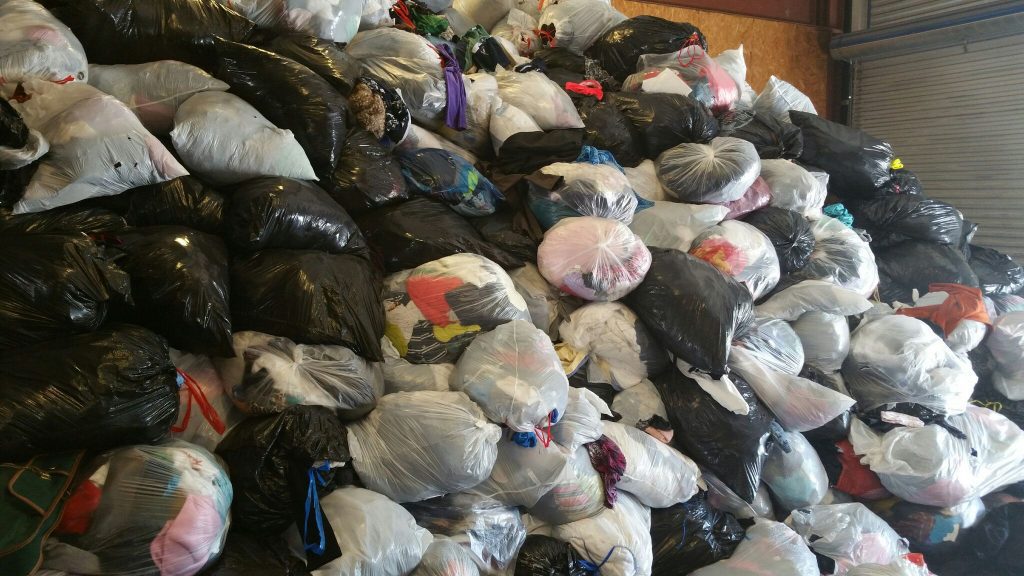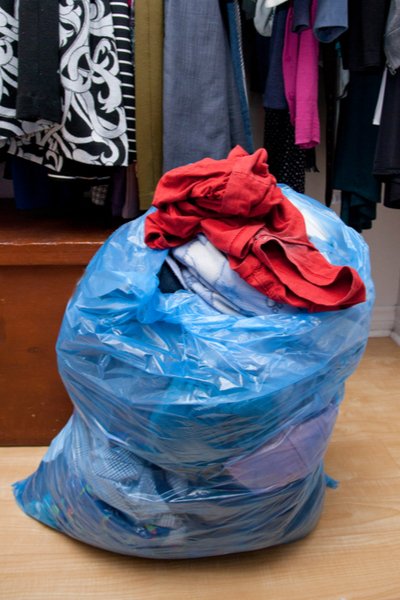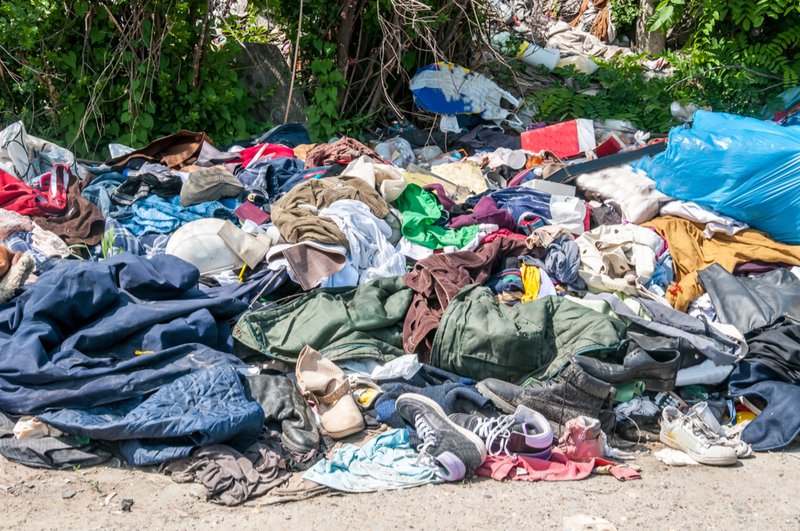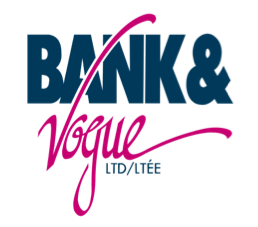Experts estimate that in the United States, the annual average of waste per US citizen amounts to nearly 70 pounds of clothing and textiles. According to Professor Tasha Lewis of the Department of Fiber Science & Apparel Design at Cornell University, the fashion industry’s production, manufacturing and marketing phases have a huge, and particularly negative (given recent statistics), detrimental impact on the environment. Despite the belief otherwise, these effects are also felt after consumption of these materials.
In terms of waste and its impact on the environment and space, statistics indicate that nearly 13.1 million tons of municipal waste collected each year occupies nearly 5% of all landfill space. In addition, a recent 2016 Ontario study concluded that 85% of discarded textiles end up in a landfill site — or better put, only 15% are recycled or reused. This environmental challenge is certainly disconcerting because landfills are really costly spaces to maintain, and perhaps more obviously, dumping excess donations has a detrimental effect on the environment. This is what some experts call a “crisis of stuff.” One of the most ecologically and ethically responsible ways to deal with this ongoing challenge is to responsibly reducing waste, re-directing waste from landfill spaces, and repurposing old items into ‘new’ ones. Not only does this positively impact the environment, but it certainly comes with financial benefits and incentives to consumers who can purchase items at a fraction of the cost.
One of the more obvious ways to address this challenge is to actively participate in the credential clothing market and address the question of textile waste that is increasingly becoming a subject of interest. On the one hand, as reported by the CBC, unlike items such as newspapers, plastic containers, glass, plastic, and cardboard, textiles have only recently become items that consumers immediately consider recyclable materials. The EPA found that even before the surge in popularity of the credential clothing market, nearly 3.8 billion pounds of post-consumer textile waste (PCTW) was recovered each year.




At Bank & Vogue, while we do not own facilities for grading credential clothing, we do ship credential items directly to our customer’s facilities. These locations might include thrift stores or sorting facilities. As a wholesaler, Bank & Vogue is not responsible for collections nor do we pick up the individual donations of people who are looking to dispose of their old items. Rather, at Bank & Vogue we pick-up full truckloads from the companies which assemble credential clothing collections. Bank & Vogue has been investing much of their effort into convincing their seller to use cap-sacks that allows our company to load high weights without putting to much pressure on the clothing. In plain terms, this means that much fewer items are damaged.


For those interested in learning more about credential clothing and how we at Bank & Vogue can help you consume credential clothing and save textiles via recycling, please contact one of our friendly staff members for assistance. Our team is always ready and willing to discuss pricing and logistics. In order to utilize our team’s expertise, please contact us at 1-866-613-0719 (North America) or 1-613-747-8465 (International).








